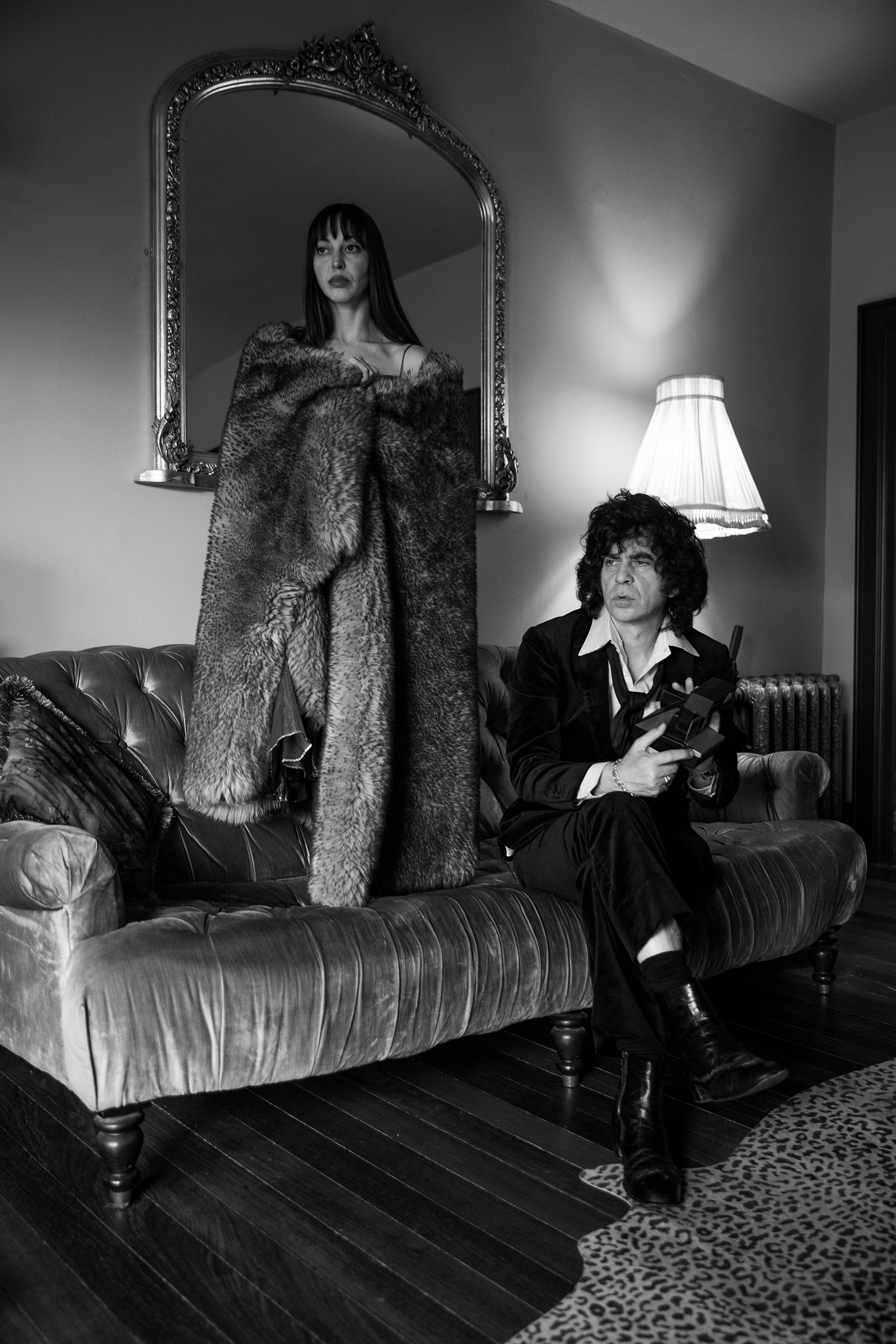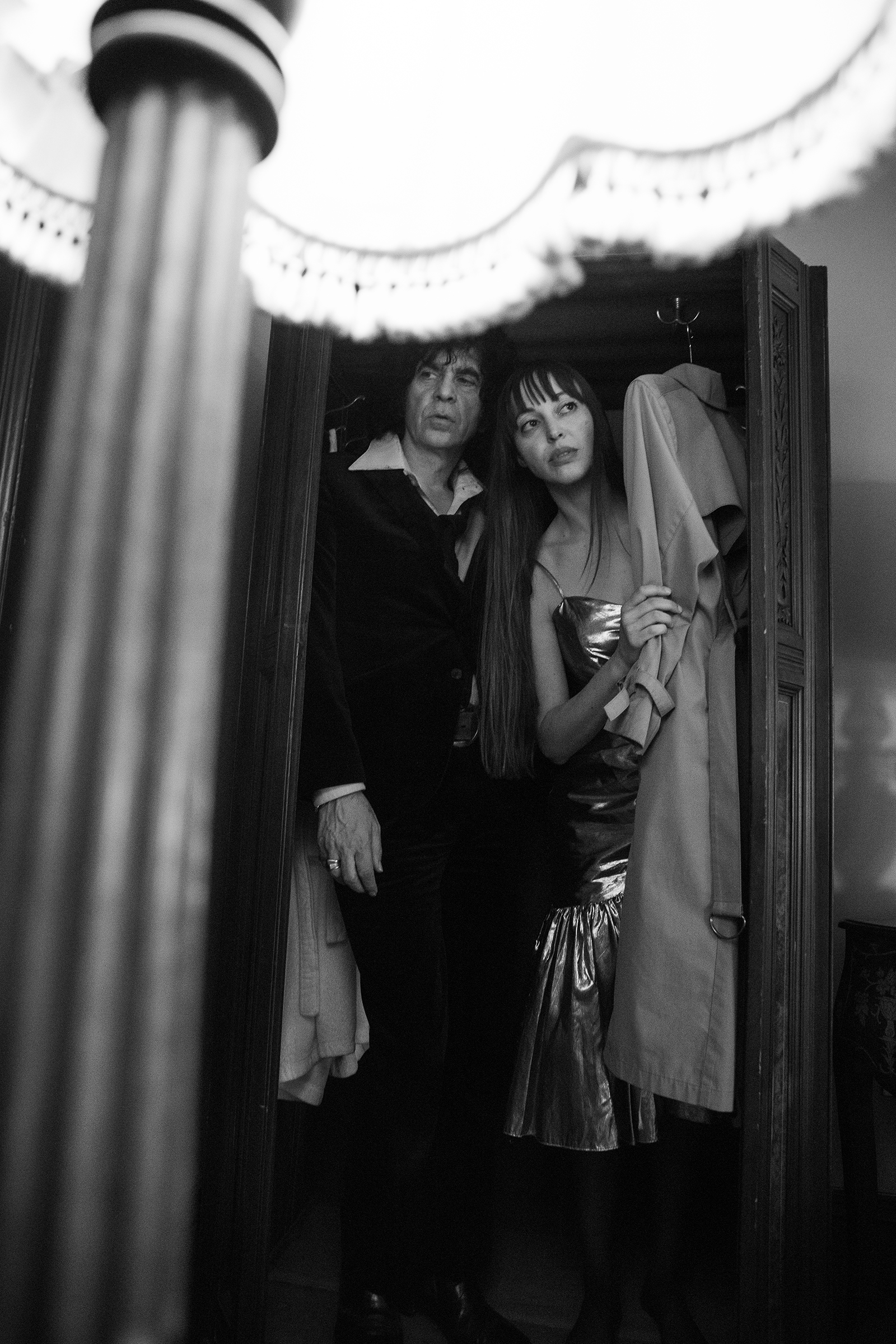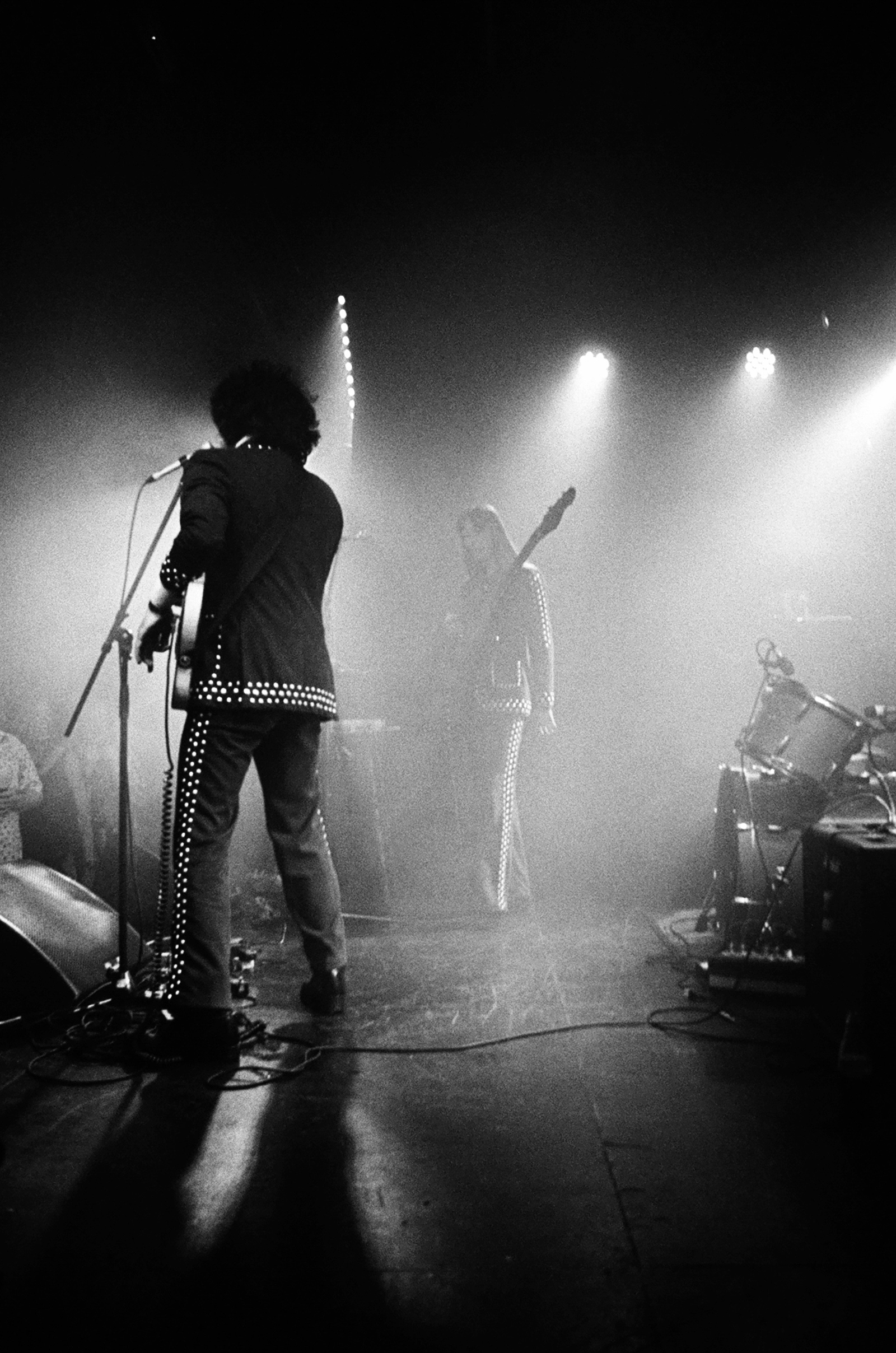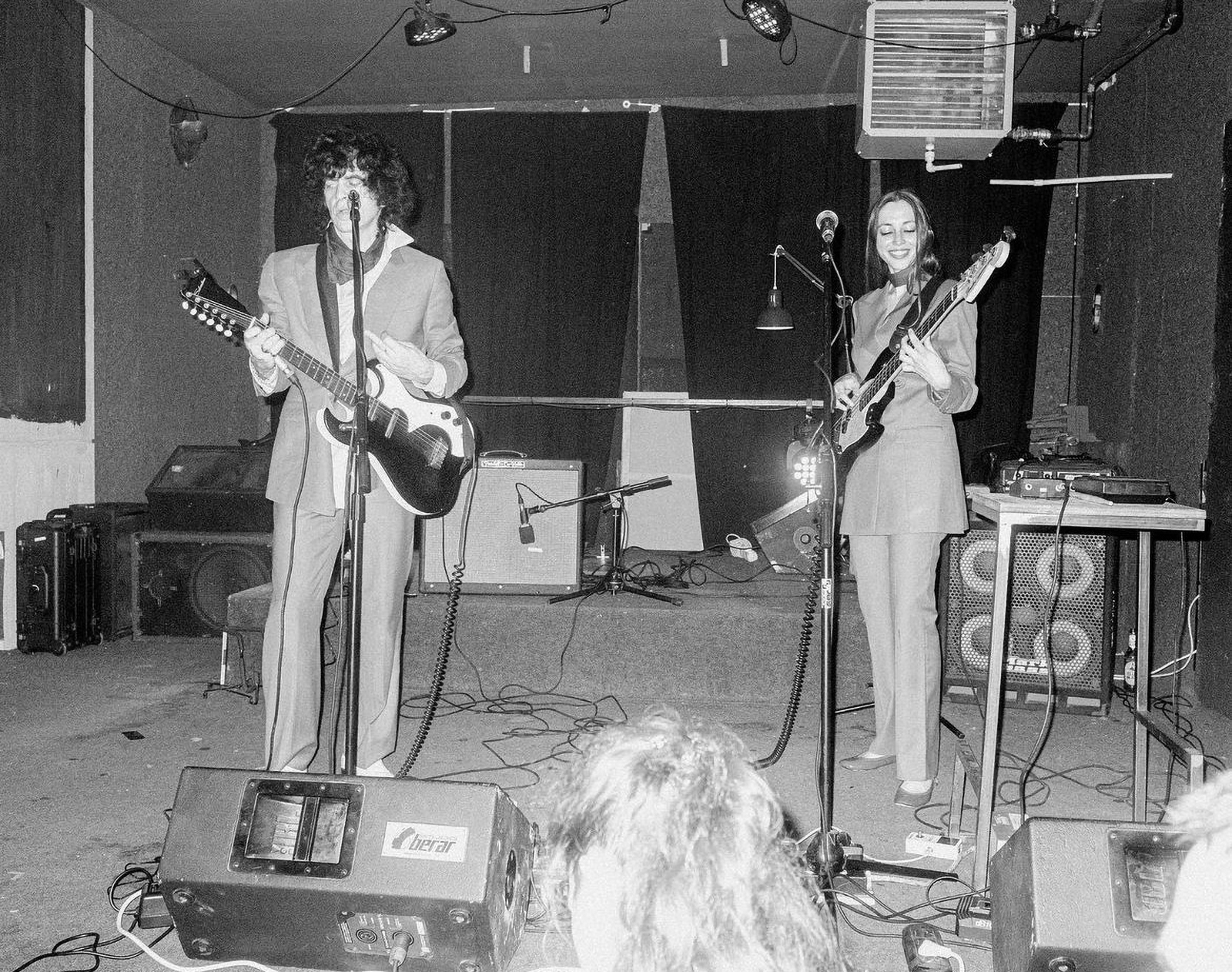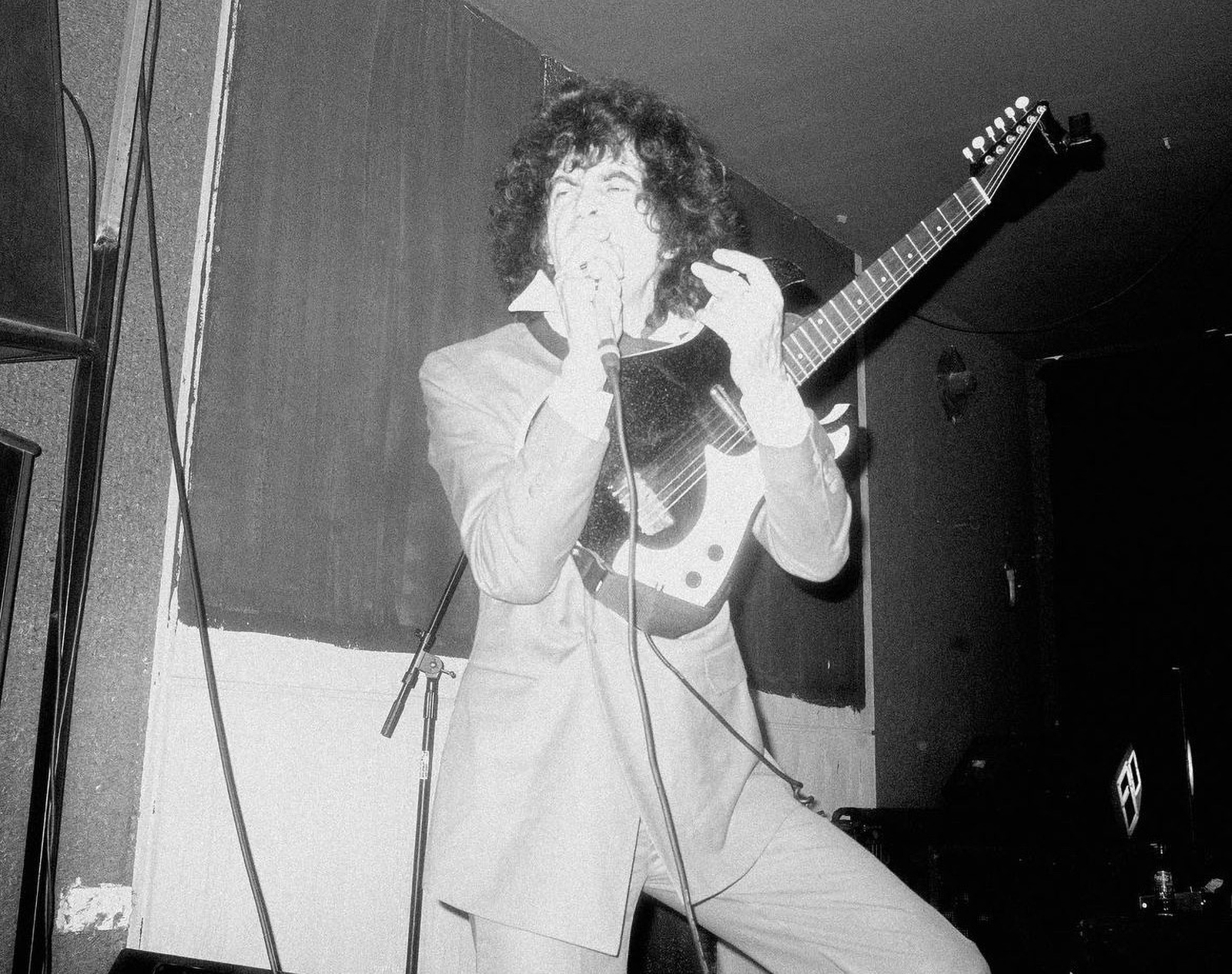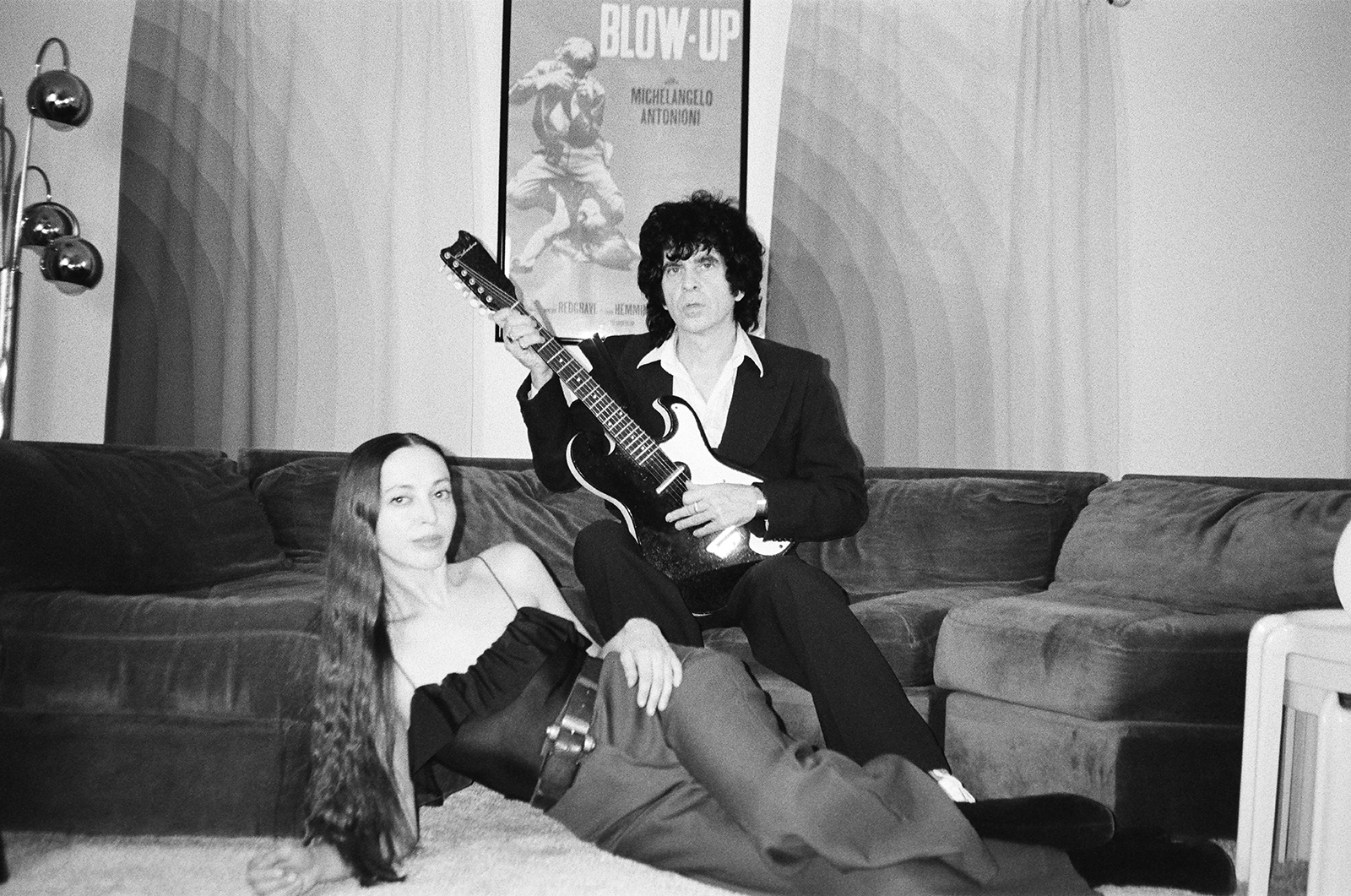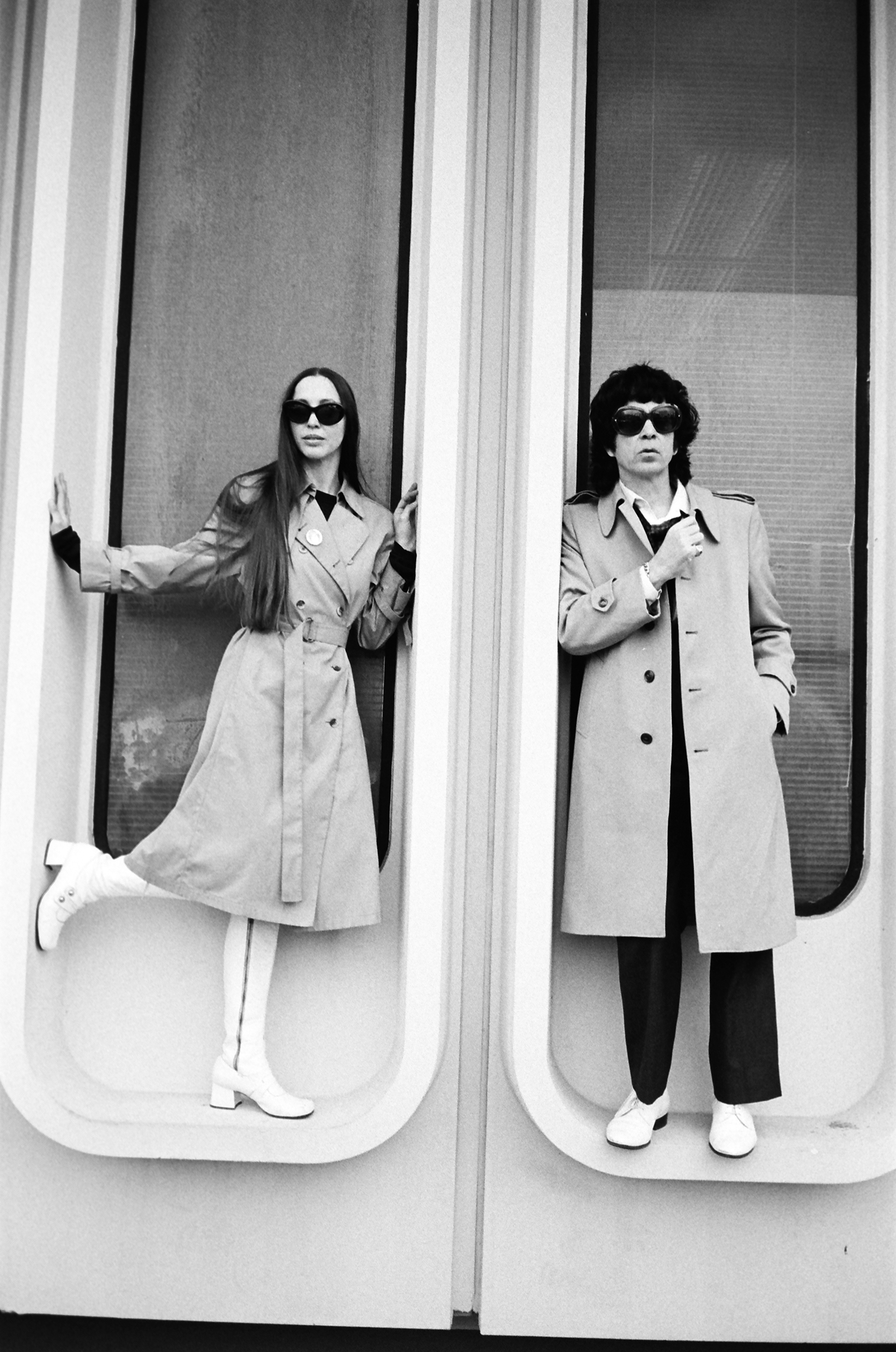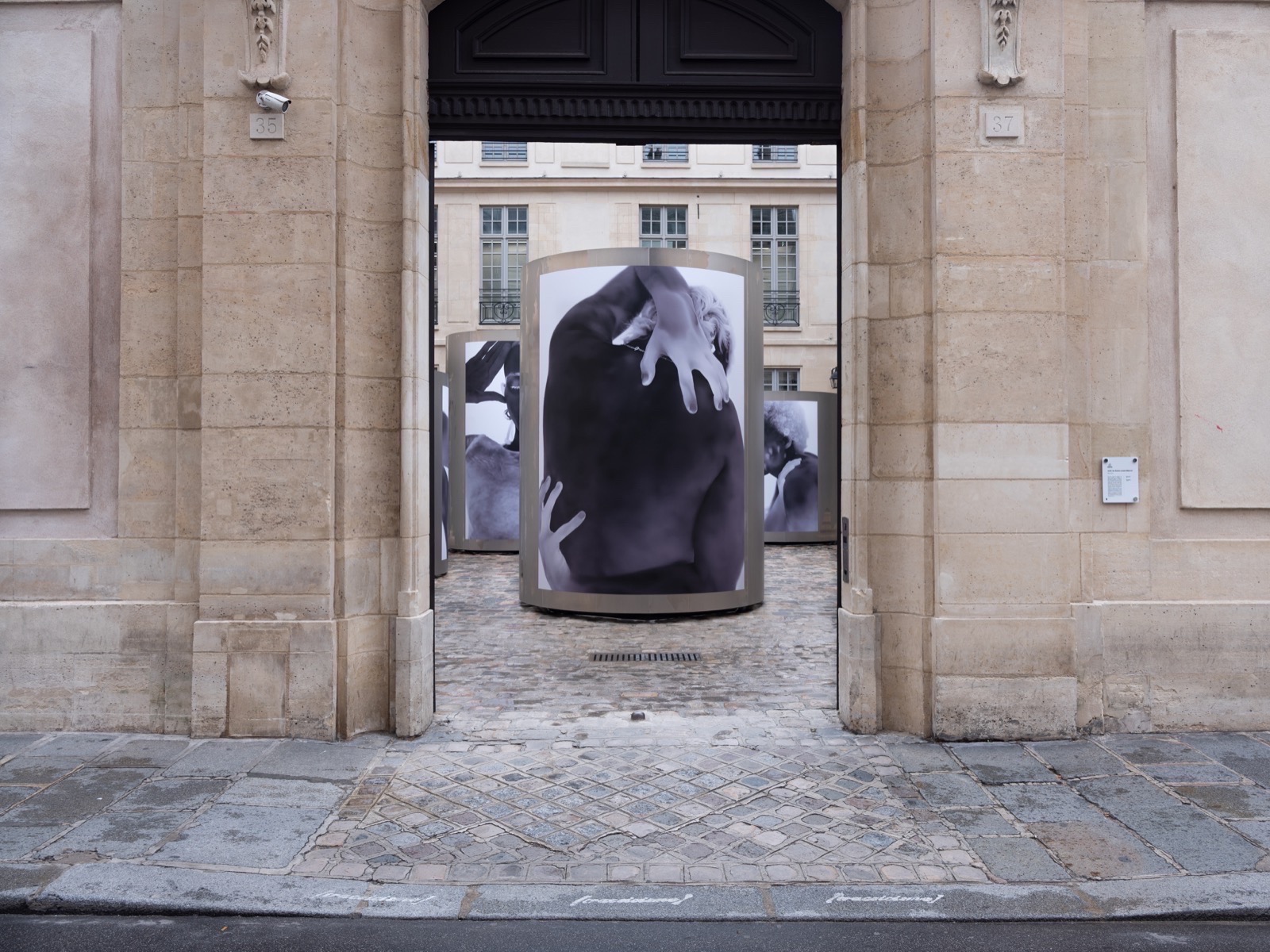You’ve always expressed distrust towards the music industry. Does Escape-ism exist entirely outside of it, or do you find value in working from the edges, bending its internal rules? In other words, do you see more potential in staying outside the system, or in infiltrating it just enough to distort its dynamics?
We are really not part of any music industry beyond that we make records and play shows. The indie music industry rewards groups which are shadows from the past; facsimiles of staid, classic forms which necessarily eschew personality and strive for innocuousness. Escape-ism is the last bulwark against the anti-expression of “indie rock.”
You’ve often addressed systems of power through your music. Do you see music itself as a form of resistance against capitalist structures, or is it inevitably caught in the same cycles of exploitation it tries to critique?
Rock ’n’ roll music is more vital than ever before; it can be made without digital interference and can be used to bring people together in a physical space away from their home, their work, & the internet. It’s easy enough for anyone to make and still resists aesthetic definition.
The album cover of Charge of the Love Brigade (2025) designed by Jetset Experimental references a print by Duchamp. What questions were you hoping to pose by invoking the master of Pop Art?
That was the work of the Experimental Jetset; they created it without our interference. It’s an upside down heart, struggling, still beating, like Duchamp but also the Buzzcocks. We are great admirers of Experimental Jetset; contemporary visionaries whose work is irresistibly poignant, clever, and sharp.
In an era of polished excess, your sound feels stripped down to its bare bones. What is it about minimalism that still feels radical to you?
Our minimalism isn’t the sort of Nordic minimalism aped by Apple and Ikea which is synonymous with neoliberal homogenization and bourgeois gentrification… but the minimalism of John Lee Hooker; the idea of tough vulnerability. There’s not enough pathos or vulnerability in our society; everything is about “empowerment”; we’re taught to respect strength, violence, winning, and force above all.
One of your songs says, “Rebel outlaw / don’t care for society.” But does the rebel have a responsibility toward collective wellbeing, or is personal coherence the only true duty? Has rebellion become performative?
To be a rebel now is absolutely necessary; in a digital society that compels everyone to conform not only to the old standards of middle class comportment but to very strict mandates on speech, thought, and expression. It’s intolerable and must be brought to an end.
In a recent publication by Ian titled AGAINST THE WRITTEN WORD it has been suggested that we’re moving toward global illiteracy. If language is collapsing, what role does a song still play in that fading terrain? When meaning is dissolving, can a lyric still cut through or does it become part of the same noise it’s trying to escape?
The book AGAINST THE WRITTEN WORD by Ian F Svenonius, proposes the idea that universal literacy was a ruling class conspiracy; a tool to indoctrinate the working class with bourgeois ideology in order to enlist them to fight their wars, campaign for their causes, involve them in their struggles.Though people moan about people “not reading anymore,” the barrages of texts, emails, and news propaganda we all receive via our phones ensure that we are actually the most literate society ever; even if we’re not reading Proust. AGAINST THE WRITTEN WORD asks: “Why is literacy considered a moral badge of honor?””Why is literacy synonymous with godliness?” Answer: Because the ruling class need us to read their filth, their degenerate “news,” and brainwashing propaganda so we are compliant, useful fools.
Considering your stage presence, can style still be a vehicle for resistance, or has it become entirely subsumed into the capitalist machine? How would you respond to someone who views your style as melancholic rather than radical?
I have never heard my performance described as melancholic although in Scandicci, where we performed recently (and where we met you), we had just (two days earlier) had all our gear stolen. So we were a bit melancholic to be quite honest as it was difficult to play our proper show –and to our own expectations — without our stuff.
There’s a clear synergy between Ian’s Gospel Yeh-Yeh sensibility from The Make-Up and Sandi’s choreographic vision with The Rated Z Dancers, for example in the recent video clip dedicated to Beneath the Underground. Are you envisioning more multidisciplinary extensions of your collaboration?
Absolutely.
In what direction do you see Escape-ism heading next? Do you envision new ways to reclaim rock ’n’ roll’s power, and how might that shape what comes next for you?
Rock ’n’ roll, an ancient technology, is our most potent weapon in seeking vengeance against our tech nemesis who wants to reduce our collective existence to some square facsimile which we live by subscription. With rock ’n’ roll music, we will prevail over these psychopaths. Viva la revolution!
 https://www.nastymagazine.com/wp-content/uploads/2021/10/wolfgang-tillmans-x-nastymagazine-018.jpg
976
1300
admin
https://www.nastymagazine.com/wp-content/uploads/2015/02/new-logo-basker-WHITE4.png
admin2021-10-24 13:54:442025-03-19 13:24:36Wolfgang Tillmans / Thee eyes are subversive
https://www.nastymagazine.com/wp-content/uploads/2021/10/wolfgang-tillmans-x-nastymagazine-018.jpg
976
1300
admin
https://www.nastymagazine.com/wp-content/uploads/2015/02/new-logo-basker-WHITE4.png
admin2021-10-24 13:54:442025-03-19 13:24:36Wolfgang Tillmans / Thee eyes are subversive
